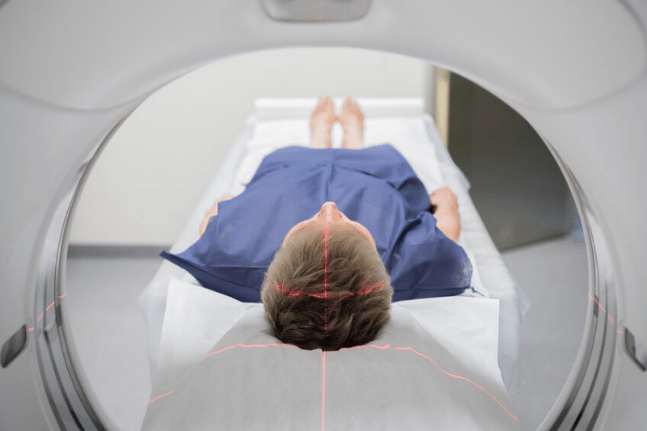Mythbusting musculoskeletal misconceptions
There has been a number of studies done trying to work out if back pain is linked to findings on X-ray or MRI. What we know is that VERY often, people who have NO pain, have multiple “findings” on MRI or X-ray, such as disc bulges, degeneration or bone spurs.
What does this mean? Well, as mentioned in my previous post about chronic low back pain, the pain “experience” can be affected by many things, such as stress, worry, fear, work, posture, family, previous experience, etc.
-
An MRI or other scan might not always find the cause of your problem.
So, just because an MRI shows a slight disc bulge, we can’t be absolutely sure that that’s the reason for your pain, and often it’s not.
I usually avoid sending for expensive scans for a least a couple of weeks. We can get a better idea of what is wrong with you by the information that you tell us about your injury, than we can by looking at a scan (in most cases). So, next time you need to see a manual therapist, tell us everything you can!
-
So you’ve been diagnosed with tendinitis. You should stretch that, right? Wrong.
Tendinitis is very common, and includes things like Tennis Elbow, Golfer’s Elbow, Achilles Tendinitis and Patella Tendinitis. The approach for treating tendinitis has changed in recent years, so stretching has become a big no-no.
Just because an MRI shows a slight disc bulge, we can’t be absolutely sure that that’s the reason for your pain, and often it’s not.
What we know now is that tendons need to be fat and juicy to do their job properly. When tendons are aggravated or inflamed, they’re likely to lose moisture if they’re stretched (like wringing out a wet rag).
This leaves the tendon more dry and brittle, which causes it to become less stretchy, which worsens the inflammation upon use. If you have a case of tendinitis, see your manual therapist for appropriate strengthening exercises.
-
Aches, pains, cramping and arthritis are an inevitable part of the ageing process and nothing can be done for it, right? Wrong!
Aches and pains do present with our body’s natural ageing progression. While we may not be able to halt certain conditions, such as normal amounts of degeneration, we don’t always have to live in pain.
Manual therapy has been shown to assist with decreasing pain related to osteoarthritis, and exercise has been shown to slow any muscular wasting associated with getting older.
So, if you’re getting a bit sore and creaky, speak to your osteopath. We can apply manual therapy to manage pain but, best of all, we can give you tools to take home to manage and reduce your pain yourself.
Until next time,
Claire











